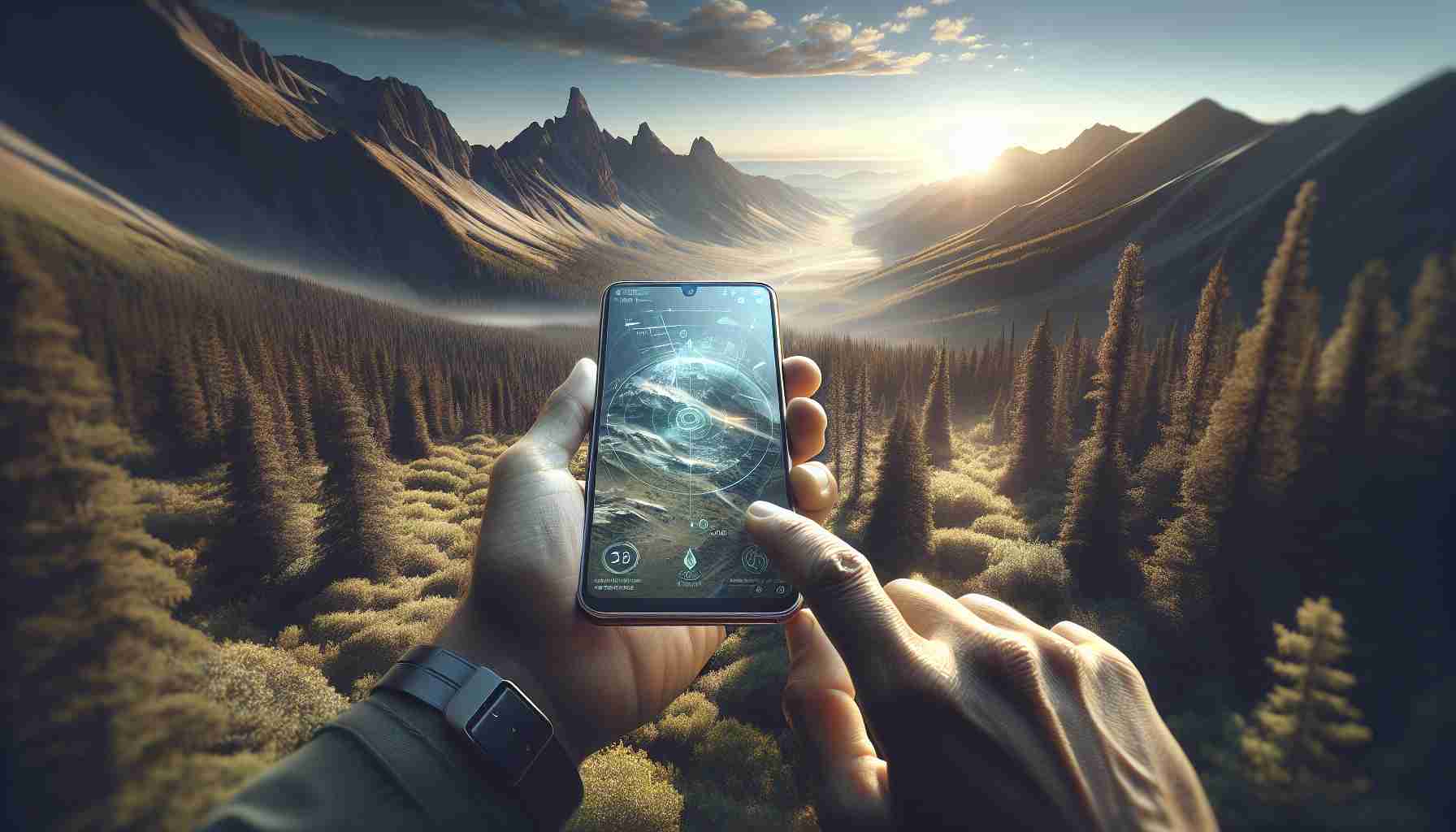
In today’s fast-paced world, our smartphones play an essential role in keeping us connected to others and accessing critical services. However, in remote locations where cellular networks fail, the ability to communicate can become a significant concern. Fortunately, modern smartphones like the latest iPhones and Google Pixel models are now equipped with satellite connectivity features to help bridge this gap.
The breakthrough technology allows certain devices to reach emergency responders through satellite communication. Newer iPhones, specifically from the iPhone 14 series onwards, and the Google Pixel 9 are designed to maintain a lifeline even when cell signals are weak or non-existent. This innovative capability is particularly beneficial for adventurers or those living in secluded areas.
When your phone encounters an area with no cellular connection, and only displays an “SOS” message, it instantly attempts to connect to available satellites. This allows users to relay important messages to emergency services and communicate with friends and family through short text messages. Additionally, if conditions permit, it’s even possible to share live video feeds.
To utilize these crucial features during emergencies, it’s wise to activate satellite services in advance. For iPhone users, adjustments can be made through the settings under Emergency Calls & SOS. By taking these preparatory steps, you can ensure a safer experience during outdoor activities, knowing that help is just a satellite message away.
Stay Connected in the Wilderness: Satellite Features on Smartphones
In recent years, the advent of satellite connectivity on smartphones has revolutionized the way we communicate, particularly in wilderness settings. While many are familiar with the emergency features offered by smartphones, there are additional nuances worth exploring that can affect user experience and overall safety in remote locations.
What are the key questions surrounding satellite connectivity on smartphones?
1. How do satellite features work?
Satellite communication on smartphones operates by connecting to low-earth orbit (LEO) satellites that require minimal power compared to traditional geostationary satellites. This allows for quicker transmission of data and effective communication even for users with limited battery life.
2. What limitations exist with satellite texting features?
Current satellite messaging capabilities often focus on short text communication. Users cannot make voice calls or send larger files through this service. Moreover, satellite communication can face interruptions due to geographical obstructions (like mountains or dense forests) and may not work in severe weather conditions.
3. How reliable is satellite communication during emergencies?
While satellite communication is generally reliable, delays can occur depending on the satellite’s position and the user’s location in relation to other geographical factors. It is vital to test the device and learn its limitations during less critical situations to understand its performance during emergencies.
Key Challenges and Controversies
One major challenge is the cost associated with satellite features. Many devices only offer limited free satellite services, while extensive use often requires a subscription. This can be a significant obstacle for adventurers or frequent travelers who may rely on these features.
Another controversy revolves around privacy concerns. With satellite communications, there’s potential exposure to data interception and tracking. Users must weigh the value of connectivity against the risks to their privacy as communication passes through satellites.
Advantages of Satellite Connectivity
– Reliable Communication: Provides a means to communicate when traditional cellular networks are unavailable, thus enhancing safety during outdoor adventures.
– Safety in Emergencies: Users can contact emergency services even in remote areas, significantly increasing chances for rescue.
– Global Coverage: Satellite communication can work virtually anywhere on the planet, negating the limitations imposed by geographical barriers.
Disadvantages of Satellite Connectivity
– Limited Messaging Capability: The current focus on text communication restricts rich and interactive forms of discussion, such as voice calls or video chats.
– Dependency on Battery Life: Satellite communication can be power-intensive; thus, users need to manage their phone’s battery carefully during extended trips.
– Costly Subscriptions: To access full satellite features, users may incur additional expenses that can deter less frequent users.
In conclusion, while the integration of satellite features on smartphones represents a significant advancement in wilderness communication, users should remain informed about their limitations, costs, and best practices for use. As we continue to embrace technology in our outdoor pursuits, awareness and preparation are key to ensuring safety and accessibility.
For more information about satellite communications and outdoor safety services, visit Satellite Internet.



